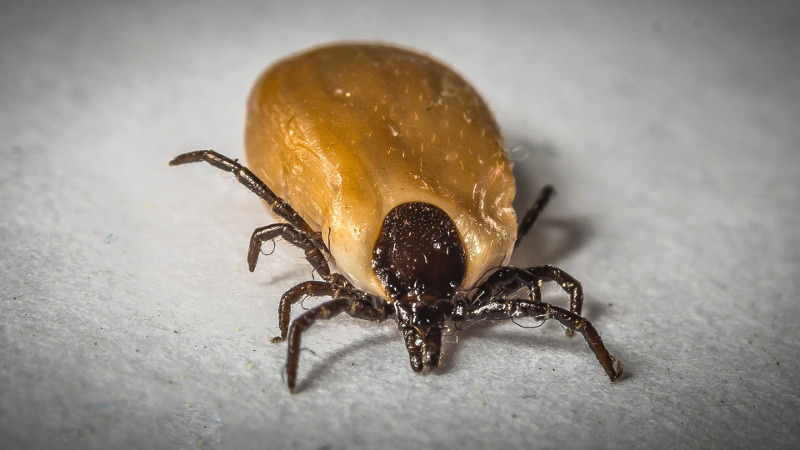As we move into the warmer months, tick prevention should be top of mind for every pet owner. This is especially true in the area of Grey Bruce, where tick populations are increasing annually at an alarming rate.
As temperatures across the planet rise, less of the tick population is killed off by the deep winter freezes. As a result, more ticks survive the winter, allowing them to repopulate exponentially every spring.
Ticks are host to a wide range of harmful bacteria and viruses, and can even transmit parasites. There are at least 40 known species of tick in Ontario, and every one of them may pose a threat to both pets and people – especially the loathsome black-legged tick.
The most common ailment reported from contact with ticks in our area is Lyme disease.
Public health units across Canada have reported 14,616 human cases of Lyme disease between 2009 and 2021. Year over year, reported cases of Lyme disease in humans are increasing at a distressing rate. In 2009, 144 cases were reported, compared to 2,851 in 2021.
Lyme disease is caused by a bacterium called Borrelia burgdorferi, and is spread through the bite of blacklegged ticks. Infected ticks need to remain attached to their host for 24 hours to transmit Lyme disease-causing bacteria. Not all blacklegged ticks cause Lyme disease; they become infected with the bacteria after feeding on an infected animal, like rodents, birds, and deer.
Ticks like to hide on tall grasses in fields and trails, awaiting their next host. When an animal (or person) comes in close enough proximity, the tick will then cling to their host where they will find a spot to burrow into the skin. Typically, a tick will feed for up to 72 hours before reaching a point of engorgement and falling off.
Ticks are very small creatures, and can be frustratingly difficult to find – especially on dogs with thick, dark fur. Ticks have four stages of development: egg, larga, nymph, and adult. Nymph ticks are the most active throughout the spring and summer months, and are at times virtually impossible to detect. They are less than two millimetres in size; about the size of a poppy seed! Nymph ticks are also the most likely to transmit infection (including Lyme disease) than at any other stage of development.
Ticks can easily spread to new areas by travelling on animals like birds, deer, and more. It is estimated that ticks are expanding their range in areas of Canada at a shocking rate of 46km per year.
The best ways to fend off ticks are to:
- avoid high-risk areas; stay away from tall grassy areas, wooded/bushy areas, etc.
- use effective tick prevention products
- perform a thorough check of yourself and your pets after every outing
The highest risk areas for ticks include parks and trails, and heavily forested areas. Anywhere with long grasses, such as fields and bushy areas, are favourite spots for ever-growing tick populations. To avoid ticks when enjoying the outdoors with your pooch, it is wise to stick to well-cleared trails, dog parks, and maintained parkland.
Tick prevention medications are easily available from your veterinarian or through pet retailers. These remedies can come in many forms, including topical drops, oral medications, and even repellent sprays. While nothing is 100% effective in all circumstances, a good quality tick repellent will make a substantial impact in tick prevention.
Every time you walk your dog or let them outside for a potty break, be sure to give them a meticulous check over. Pay extra attention to the areas between the toes, behind the ears, in the armpits, genitals, and areas on the body where fur is thickest. While you’re at it, make sure to check yourself, too!
Dealing with ticks has become a normal way of life for pet owners, lovers of the great outdoors, hunters, and more. However, by taking a few simple precautions, we can reduce our risk of coming into contact with these menacing little critters.
Brandon Forder, known as The Pet Expert, is vice-president of Canadian Pet Connection, an industry leader in healthy pet lifestyles. Brandon is certified in pet nutrition, and has more than twenty-five years’ experience specializing in pet health and behaviour. He has written hundreds of informative pet-related articles for newspapers, magazines, radio, and the popular Ask the Pet Expert Blog. Brandon is highly skilled in pet problem solving, and enjoys teaching others about smart and responsible pet ownership. To learn more, visit www.CanadianPetConnection.ca.












